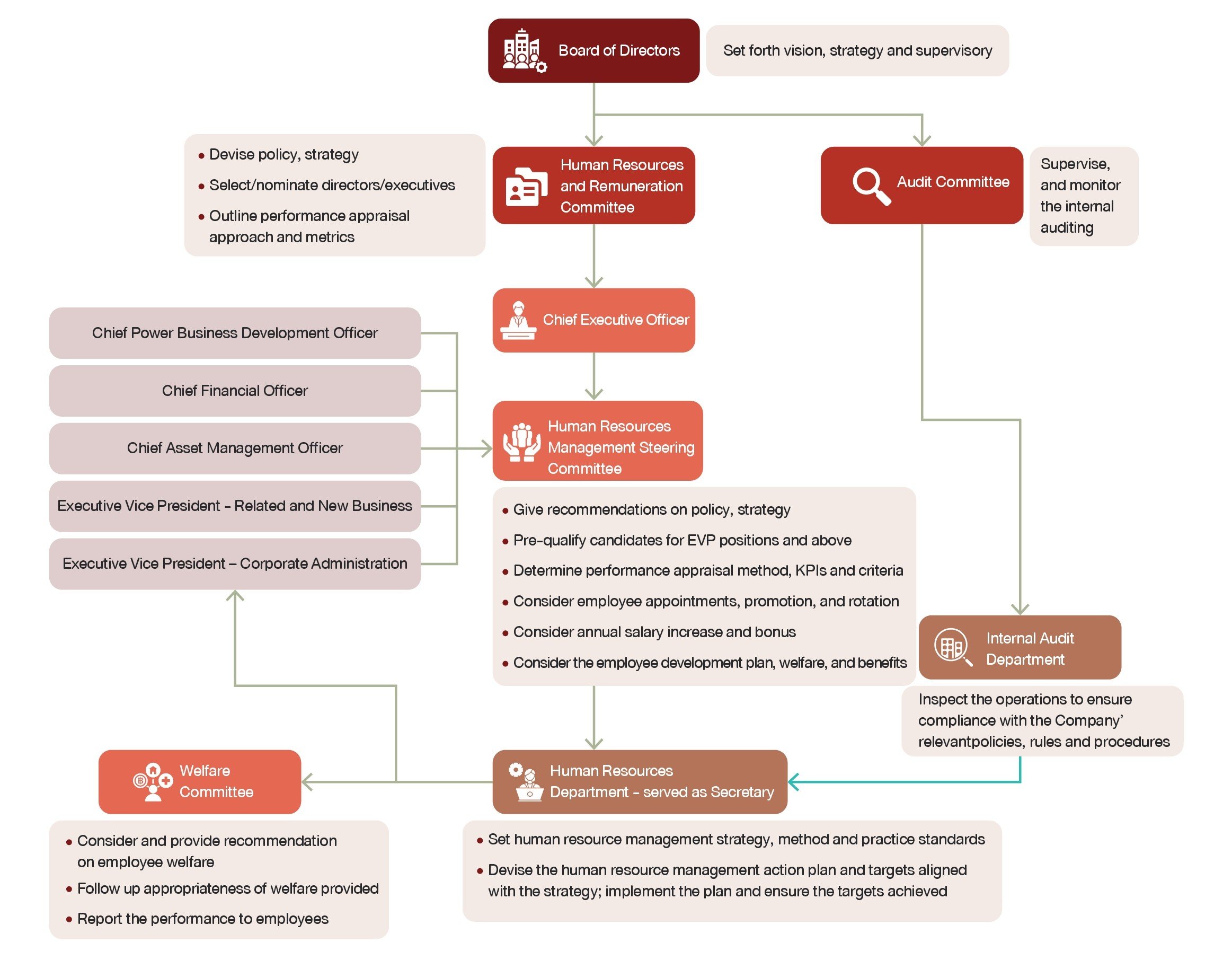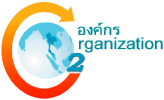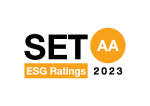Employees are internal stakeholders that are significant to the company’s growth and sustainability. Employee stewardship is thus a key mission that requires a stern and continuous implementation process embedding ethical and governance principles as well as respect for human rights.
RATCH upholds fair labor practices and labor standards enshrined in national labor laws that are based primarily on the International Labor Organization standards. Fair practices concern labor management, work environment and use of labor, encompassing, for example, wage, working hours, holidays, leave, termination, treatment of female workers, prohibition of child labor, safety and occupational health, welfare for labor social security, and capacity building. All are to ensure their happiness, morale and preparedness to do their best in delivering quality products and services to customers, which will in turn enhance the company’s competitiveness and warrant job and social security for all employees.
The Company has complied by the Employment of Persons with Disabilities Act, B.E. 2550 and revised edition (2nd revision) B.E. 2556 that the employers or owners of the establishments who do not employ persons with disabilities at the proper proportions as prescribed in section 33, accordingly the company has continually contributed money to the fund pursuant for the promotion and development of the disable people’s quality of life on yearly basis.
| Guidelines in the Code of Conduct |
- The Company strictly complies with all applicable laws and regulations related to labor or employees.
- The Company treats employees with respect for individuality and human dignity.
- The Company avoids any unfair practices that may impact employees' job security, as well as any actions that may harass, intimidate, or create psychological pressure on employees.
- The Company provides fair compensation and benefits benchmarked against leading companies.
- The Company conducts appointments, transfers, rewards, and disciplinary actions with equity, integrity, and fairness, based on employees' competence and suitability for their roles.
- The Company places great importance on managing and developing employees to ensure comprehensive and continuous enhancement of their knowledge and skills.
- The Company provides a safe working environment in accordance with occupational health and safety standards, supporting both efficient performance and employees' well-being.
- The Company encourages employees to participate in various activities and to express their opinions, feedback, and suggestions based on integrity and professional knowledge.
- The Company provides a formal channel for employees to file complaints in cases of unfair treatment, following the established procedures and processes.
- The Company shall maintain the confidentiality of employees' personal data and will not disclose or share such information in any form with unauthorized parties.
|
| Employee Policy |
- To enhance good quality of working life by providing good working environment, occupational hygiene and safety comparable to international standards.
- To continuously develop knowledge and capabilities of the employees in order that they shall be prompt to serve the Company’s growth.
- To promote the employees’ occupational growth with regards to their capabilities and potentials.
- To properly and fairly manage the remuneration system and welfares.
- To encourage employees participation in developing organization
|
Structure of human resource management supervision

| Organizational body |
Roles and Duties |
| Board of Directors |
- Defne the vision and strategies on human resource management and executive development and remuneration to achieve clear and transparent criteria and process, suitable and beneficial for the Company’s selection, dismissal or termination of directors or high-level executives, as well as an efficient evaluation process; and monitor the implementation.
|
| Human Resources and Remuneration Committee |
- Define the vision and strategy on human resource management as well as the executive development plan; and supervise the implementation.
- Set clear, transparent and appropriate criteria, approach and process in the selection, dismissal or termination of directors and high-level executives.
- Select and nominate qualified persons for director and high-level executive positions.
- Consider the succession plan for key executive positions, taking into account the importance of the positions, the selection process and capability development.
- Devise the remuneration policy and strategy concerning salary, meeting allowance, per diem, bonus or other benefits of directors and high-level executives, based on the criteria that are clear, transparent and appropriately corresponding with the scope of responsibility and performance.
- Outline the guidelines, criteria and process for the performance assessment of directors and high-level executives, using the annual business targets, responsibility and involved risks as the benchmark.
|
| Audit Committee |
- Control and monitor internal control for optimal efficiency.
- Monitor the compliance with relevant business laws and the Company’s regulations, policies and the Code of Conduct: report the results for the Board of Directors’ acknowledgement; and consider improvement initiatives.
|
| Human Resources Management Steering Committee |
Consisting of Chief Executive Officer, as committee chairman, and functional chiefs as members and Head of Human Resource Department as secretary.
- Give recommendations relating to the human resource management policy and strategy, ensuring the alignment with the Board of Directors’ vision, business targets and policy.
- Review the human resource management criteria for efficiency, fairness and transparency.
- Pre-qualify and select qualified persons for Executive Vice President positions or higher; and submit the names to the Human Resources and Remuneration Committee.
- Approve the appointment, promotion and transfer of department heads or employees holding lower positions.
- Consider the criteria and conditions of annual salary increase and bonus payments for department heads or employees holding lower positions.
- Consider and give opinions on the annual human resource development plan and the Welfare Committee’s proposals on welfare and benefit improvement.
|
| Welfare Committee |
- Consist of 2 employer representatives and 6 employee representatives.
- Consider, discuss and prepare the proposal on employee welfare.
- Examine, control and oversee the allocation of resources as employee welfare.
- Inform employees of the committee’s performance.
|
| Human Resources Department |
- Set human resource management strategy, approaches and standards in alignment with the Company’s business direction.
- Prepare a work plan, oversee personnel management, set work processes, delegate power, monitor and examine the operations concerning personnel development, human resource management and human resource planning to achieve efficiency and the Company’s targets.
|
| Internal Audit Department |
- Supervise, advise and control the operations; monitor compliance with related policies, work plans, regulations, orders and legislation; and prepare a monitoring summary and analysis as well as opinions and recommendations to ensure internal control efficiency and suitability to the Company’s operations and targets.
|






